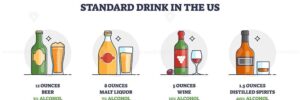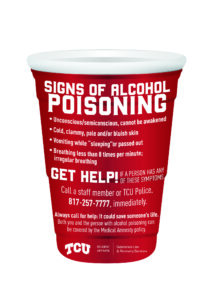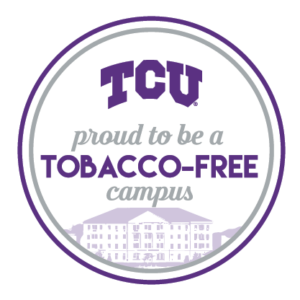Just Say Know
If you choose to use a substance, it is important to "KNOW" the associated risks with those substances before consumption. It is recognized that decisions regarding substance use are not as black-and-white as "Just Saying No."
Many TCU students, community members, and gameday fans reduce risks of undesired outcomes by making intentional choices to either not to use at all, or by using specific strategies to protect themselves or others.
While the least risk choice is to not use at all, here are examples of strategies to reduce harms related to substance use:




